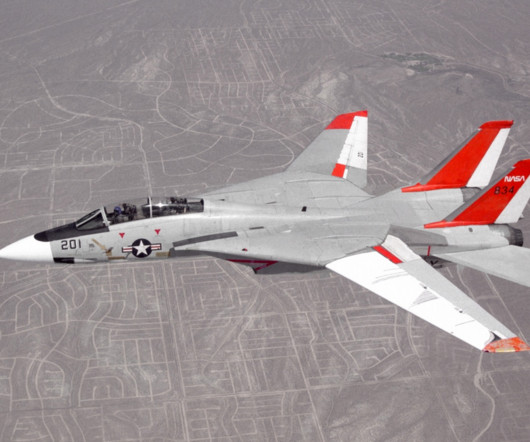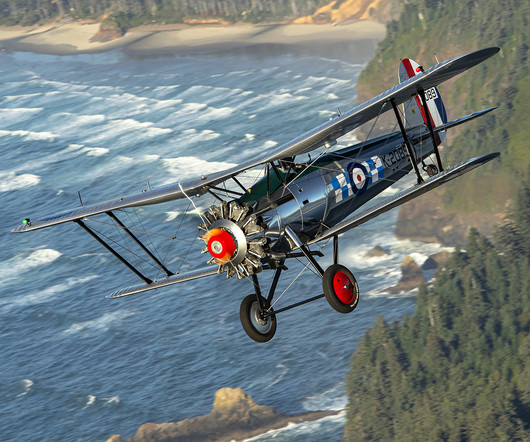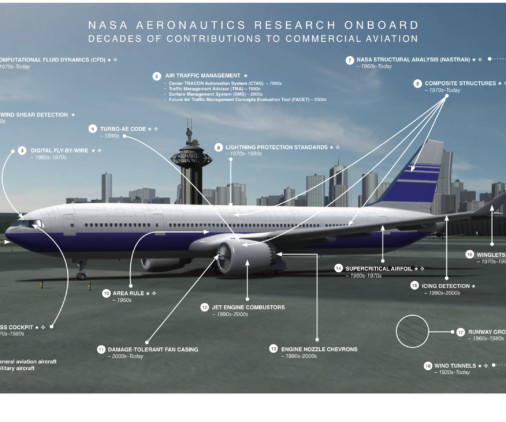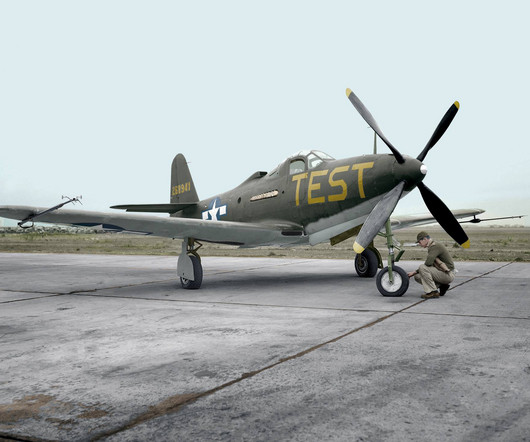Flight Test Files: Grumman F-14 Tomcat
Vintage Aviation News
APRIL 18, 2025
This photo shows NASA’s F-14 (NASA tail number 991; Navy serial number 157991) flying over Rogers Dry Lake, accompanied by a Navy F-14. NASA’s F-14 (tail number 991, Navy serial number 157991) in 1980, soon after its arrival at the Dryden Flight Research Center. View of the cockpit of NASA’s F-14, tail number 991.














Let's personalize your content